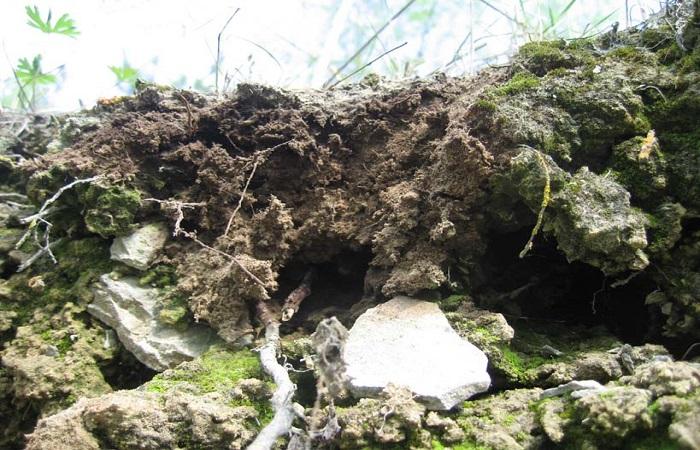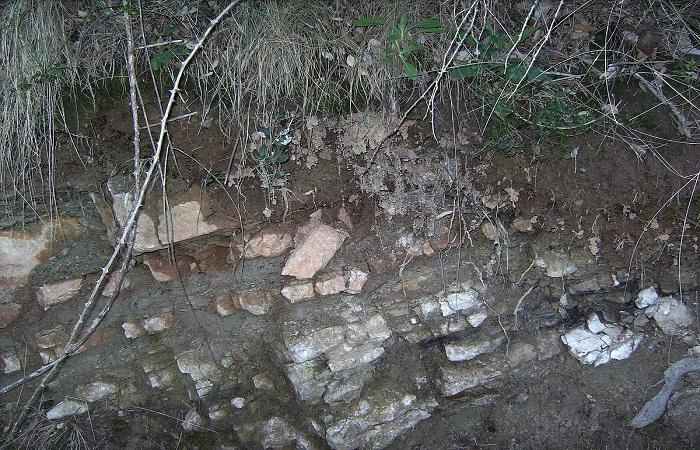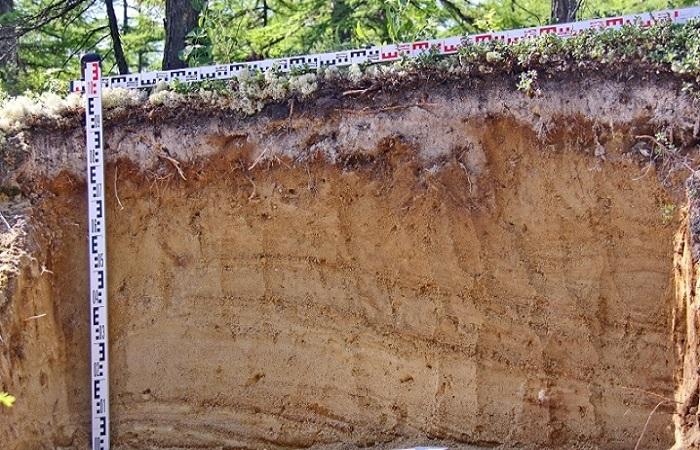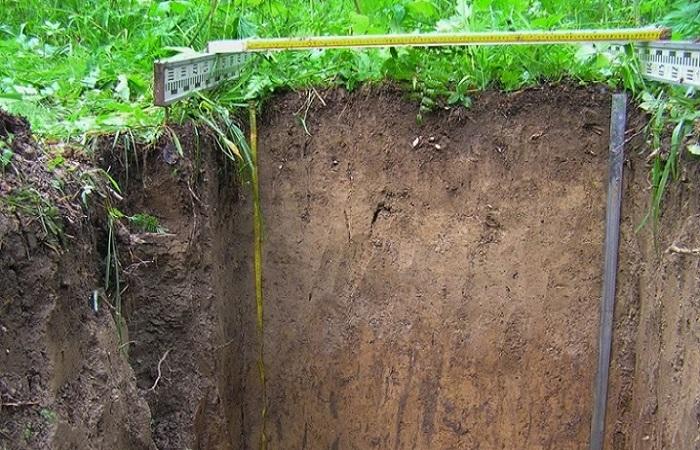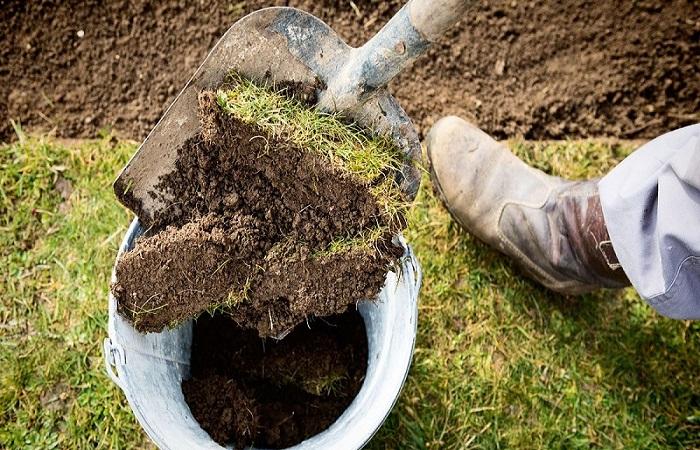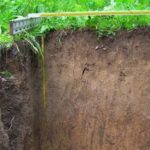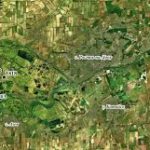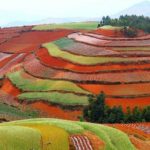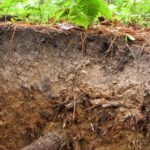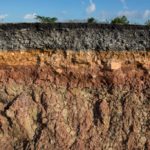One of the rather rare types of soil is soddy-carbonate. They are distributed only in a certain area. Let us consider how such soils are formed, under what conditions, their types (sod-carbonate, sod-lithogenic, sod-gley) and properties. Where are sod-carbonate soils common, how and where are they used in agriculture.
How are turf soils formed?
The parent rock for these soils is carbonate and lies shallow. Soils of this type are formed under automorphic conditions and under leaching water conditions.Due to the large amount of calcium in the rock, organic acids undergo neutralization and are converted into humates, which accumulate in the upper humus layer. Due to such conditions, the fertile layer is dark in color, has a neutral reaction, and a clearly visible granular structure.
There is quite a lot of humus in sod-carbonate soils - 5-7%. Such soils are divided into 3 subtypes, with different morphological profiles - these are typical soils, leached and podzolized. Turf soils are formed by herbaceous vegetation covering meadows or sparse forests with a grass-covered surface.
Properties and types
Soddy soils are divided into types; their differences consist in different forming rocks, structure, and soil formation conditions.
Sod-carbonate
These are soils that form in the southern taiga under coniferous and mixed forests, on carbonate rocks. Excess moisture is required for formation. A podzolic layer does not form because calcium neutralizes the acid formed after decay of plant residues.
Soddy-carbonate lands are created on the eluvium of marls, dolomites and limestones. They are divided into subtypes: typical and leached. In the profile of typical soils, a sod horizon protrudes; it has a fine-lumpy or granular structure. Organic matter is fixed in the upper horizon and colors the layer dark gray. The thickness of the fertile layer is approximately 10-15 cm.
Below it is a transitional layer of gray-brown color, which is enriched with limestone fragments. Beneath it is bedrock. One of the main characteristics is fertility. Humus is contained in the soil at a level of 15-20%. The reaction is neutral or slightly alkaline.
Sod-lithogenic
They form in drained areas, in areas covered with coniferous and deciduous-coniferous forests, with shrubs and grass. They are formed on the eluvium of parent rocks; their properties and composition interfere with the process of podzol formation, which is why it does not occur. Podzol does not form on rocks that are rich in magnesium and calcium silicates; they are released during weathering and neutralize acidity.
Also, podzol is not formed or is weakly formed on the eluvium of rocks that are rich in iron and on shales. In the process of development of sod-lithogenic type land, as the amount of unweathered mass decreases, the degree of influence of the rock on the processes of soil formation is weakened, and the podzolic process begins in it. Morphologically, this is expressed in a whitish siliceous powder that appears at the bottom of the humus horizon and directly below it.
Sod-gley
The profile of this type of soil consists of litter, the thickness of which depends on the intensity of moisture. Then comes the humus layer, gray or steel-gray in color, with a granular structure if the soil is formed on loam.
The structure when formed on loams is granular or curdled. The lower horizon is the soil-forming rock, which can be gleyed or not gleyed.
Sod-gley soils are characterized by a high content of humus, organic matter and humic acids, which are associated with calcium.The reaction of sod-gley soils is slightly alkaline or neutral.
Spreading
Soddy-carbonate soils are located locally in small areas throughout Europe. Most of these soils are in Poland and Belarus, in Transbaikalia.
Where is it used?
Sod-carbonate soils, if favorable conditions are created, can provide large yields of grain crops, despite a short growing season, a small amount of active temperatures, shallow snow cover, and insufficient precipitation. Grain crops are placed in warm areas of the terrain with good moisture conditions.
Soddy-carbonate soils are located fragmentarily among the brown soils of the forest zone. They are located in an area that is composed of rocks containing dolomite, limestone, marble, marls and clays. They form under broad-leaved forests, mainly oak and oak-beech. Due to the fact that the soils are formed on calcium rocks, the acidity is neutralized and they do not turn into podzolic ones. Organic matter binds to calcium and remains in the upper layer of the profile. For this reason, such soils have a well-defined humus horizon, rich in absorbed salts. Therefore, they are valuable for growing plants, provided that agrotechnical work is performed to maintain their fertility.

